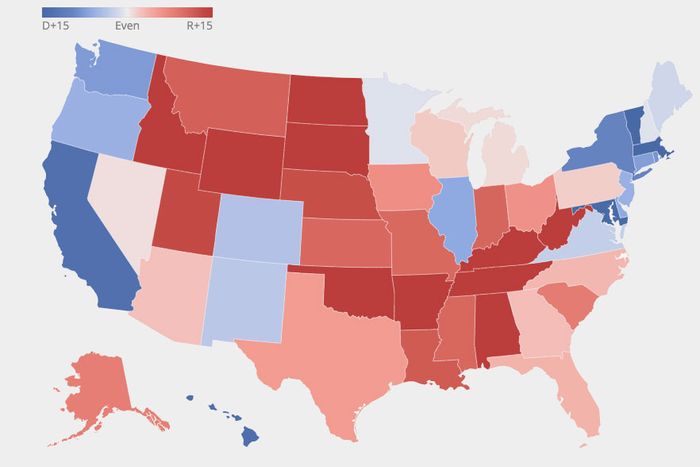Always on the lookout for a new wrinkle on ancient battles, I drew attention to a recent legal development at New York:
Though the constitutional law of “religious liberty” is a murky field, we are all accustomed to hearing anguished claims from conservative Christians that laws requiring them to provide or pay for reproductive-health services or treat LGBTQ employees and customers equally are an unacceptable violation of their beliefs. Now that the Supreme Court has struck down the federal right to an abortion, it’s clearer than ever that the Christian right and its Republican allies are aiming to construct a system where they are free to live their values as they wish, regardless of the impact on others.
But as a new lawsuit in Florida shows, what’s good for the conservative goose may also be good for the progressive gander. A group of religious officials are arguing in state court that the new anti-abortion law enacted this year by Florida Republicans violates their right to religious expression. The Washington Post reports:
“Seven Florida clergy members — two Christians, three Jews, one Unitarian Universalist and a Buddhist … argue in separate lawsuits filed Monday that their ability to live and practice their religious faith is being violated by the state’s new, post-Roe abortion law. The law, which is one of the strictest in the country, making no exceptions for rape or incest, was signed in April by Gov. Ron DeSantis (R), in a Pentecostal church alongside antiabortion lawmakers such as the House speaker, who called life ‘a gift from God.’”
The plaintiffs in these suits most definitely want to rebut the idea that forced birth is the only authentically “religious” perspective on abortion services. After all, as United Church of Christ minister Laurie Hafner explains, the anti-abortion cause has little biblical sanction:
“Jesus says nothing about abortion. He talks about loving your neighbor and living abundantly and fully. He says: ‘I come that you might have full life.’ Does that mean for a 10-year-old to bear the child of her molester? That you cut your life short because you aren’t able to rid your body of a fetus?”
The legal theory in the lawsuits focuses specifically on the counseling of pregnant people and their families that clergy engage in routinely, and that under the new Florida law may be treated as the illegal aiding and abetting of criminal acts. Hafner’s suit alleges that this violates both federal and state constitutional rights, along with Florida’s version of the Religious Freedom Restoration Act (a 1993 federal “religious liberty” law):
“The dramatic change in abortion rights in Florida has caused confusion and fear among clergy and pregnant girls and women particularly in light of the criminal penalties attached. Given her general duties and work as a Pastor, Plaintiff intends to engage in counseling regarding abortion beyond the narrow limits of HB 5 and, therefore, risks incarceration and financial penalties.”
It’s unclear how this argument will fare in the courts. Conservative judges may stipulate that anti-abortion laws impinge on religious-liberty rights that are nonetheless outweighed by the state’s “compelling interest” in fetal life. But at least, for once, the judiciary and the public will have to come to grips with the fact that many millions of pro-choice religious Americans passionately oppose what is happening to our country in the name of “life.” During the run-up to this week’s resounding “no” vote on a constitutional amendment removing any hint of abortion rights in the state’s constitution, a Presbyterian Church in Kansas displayed a sign that read, “Jesus trusted women. So do we.” This was likely an allusion to the “Trust Women” motto of the famous Kansas abortion provider Dr. George Tiller, who in 2009 was assassinated in the foyer of the church in which he was serving as an usher. His legacy lives on in houses of worship and now in the courts.




